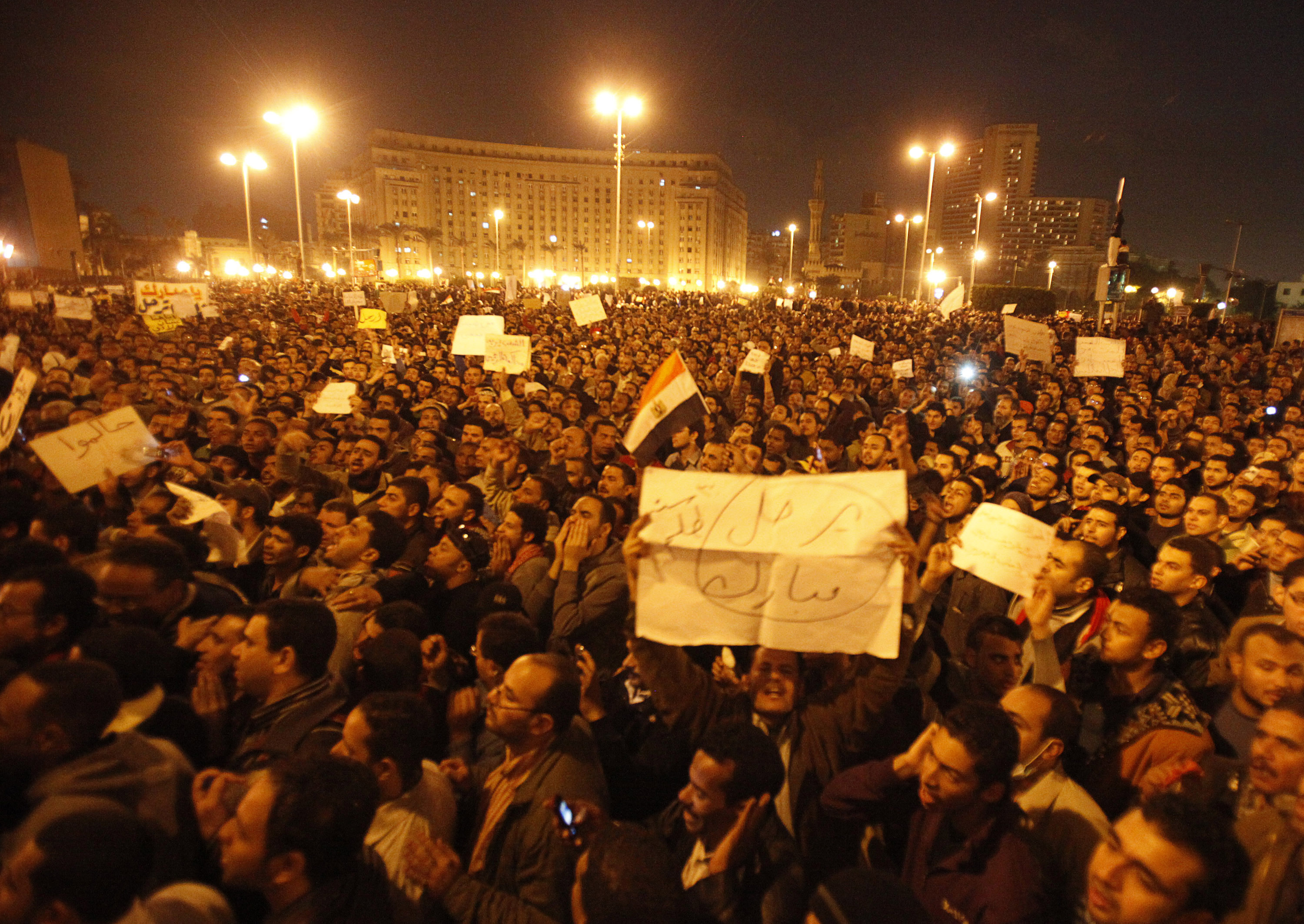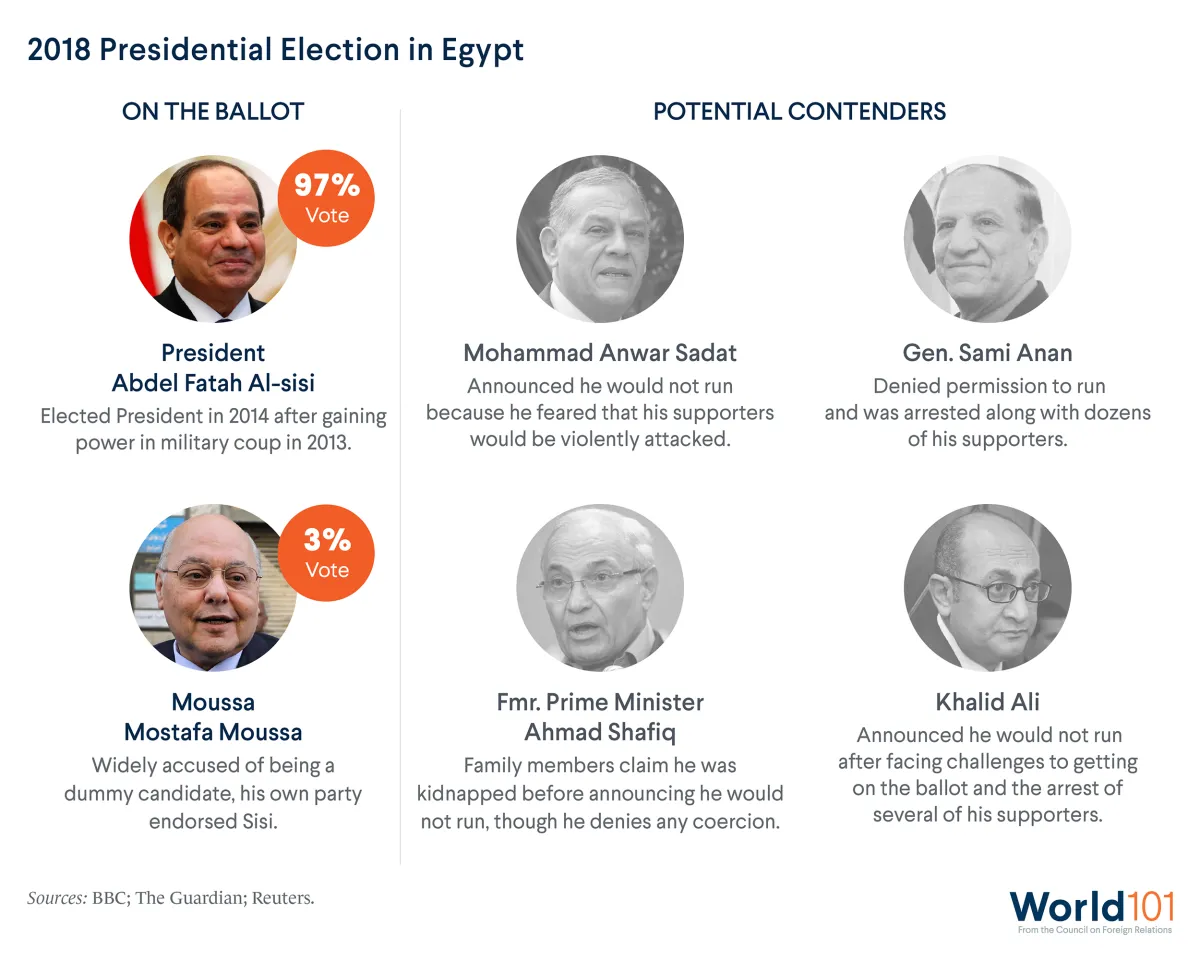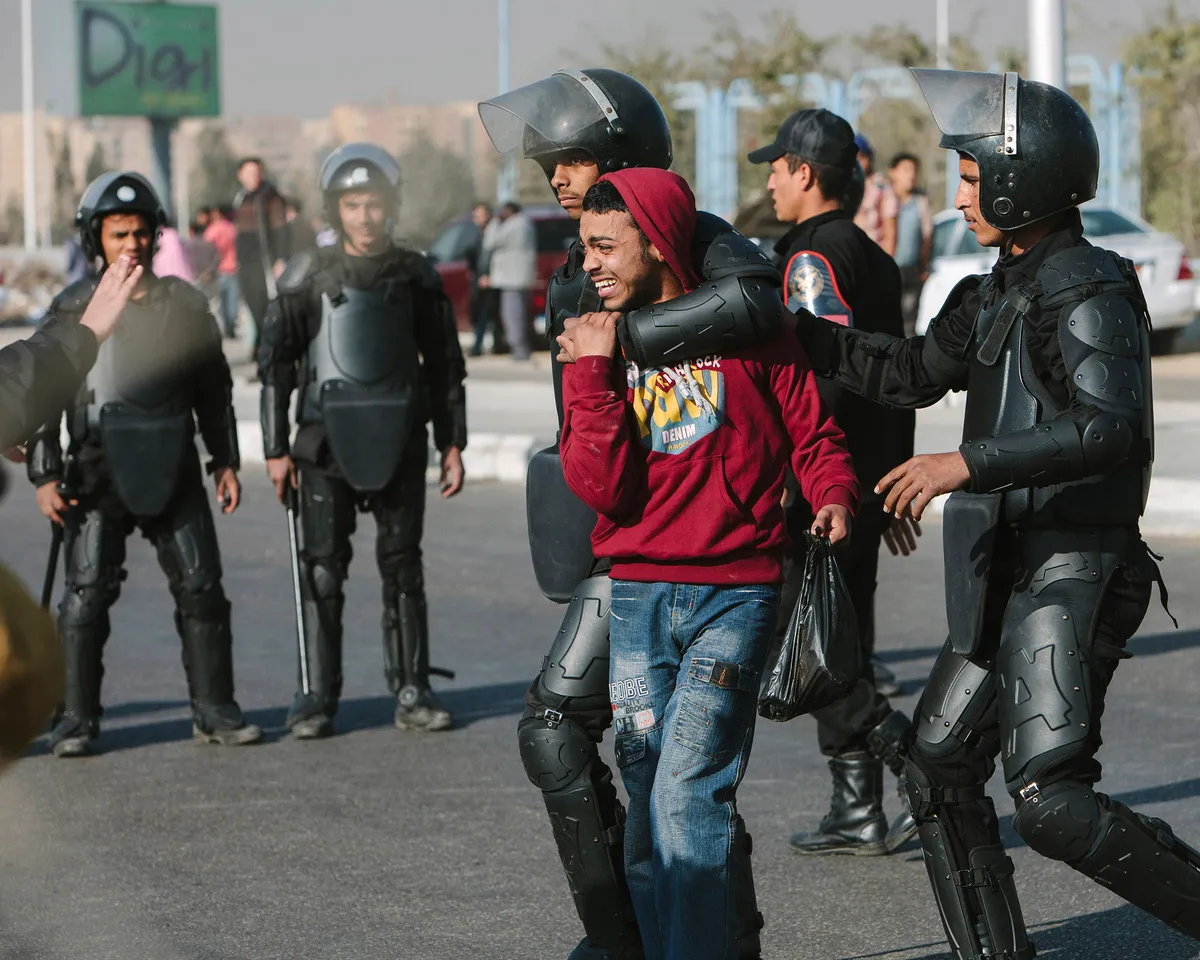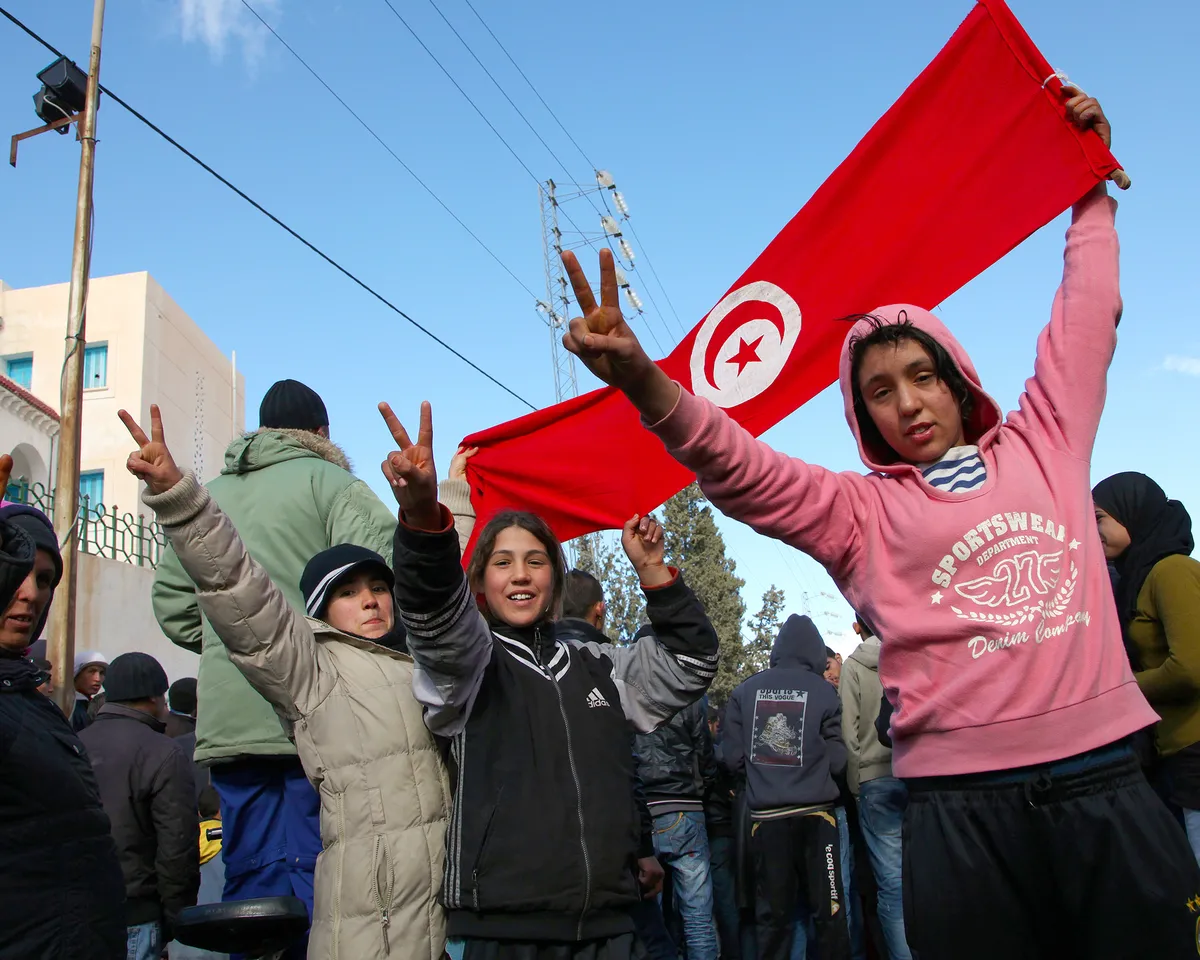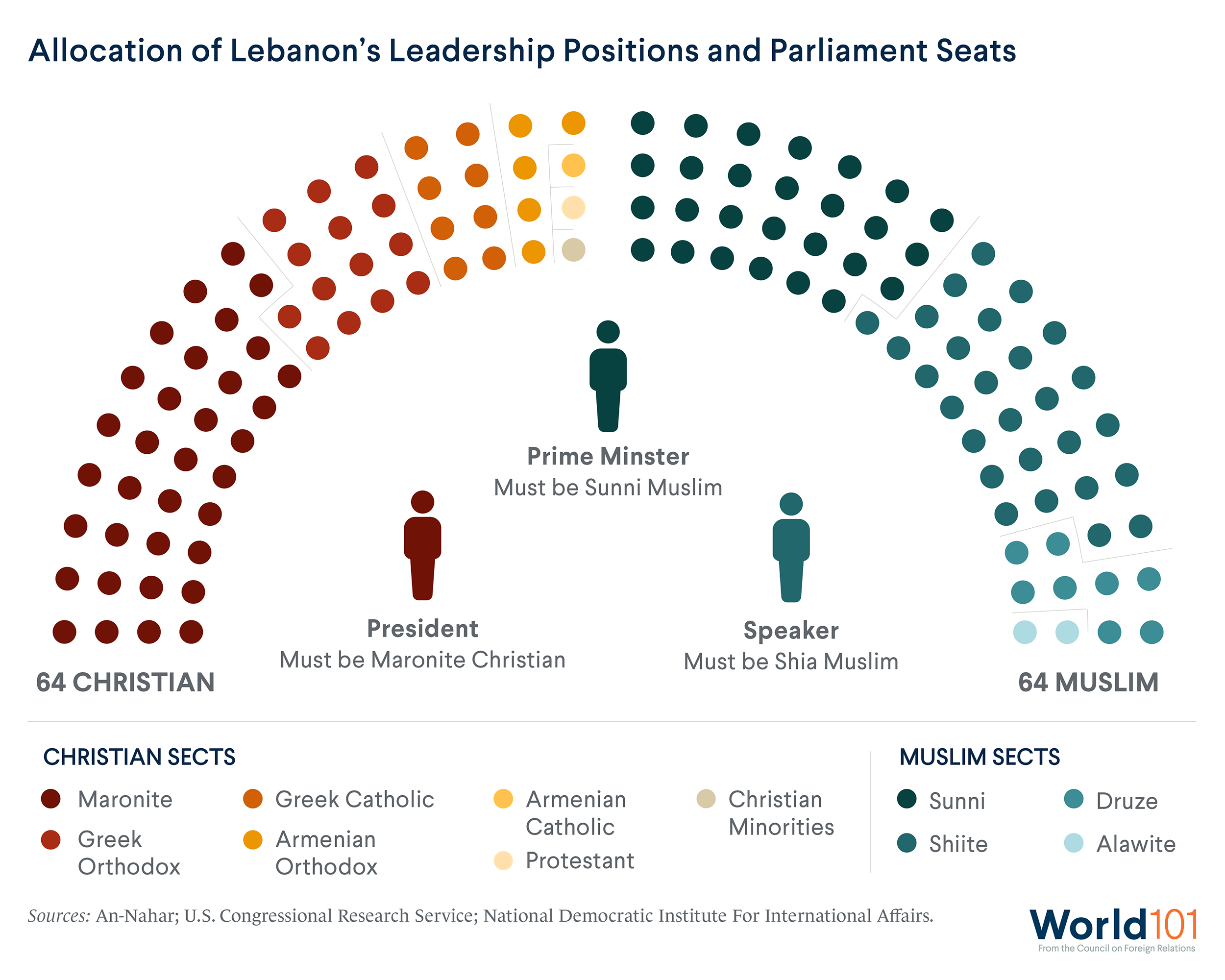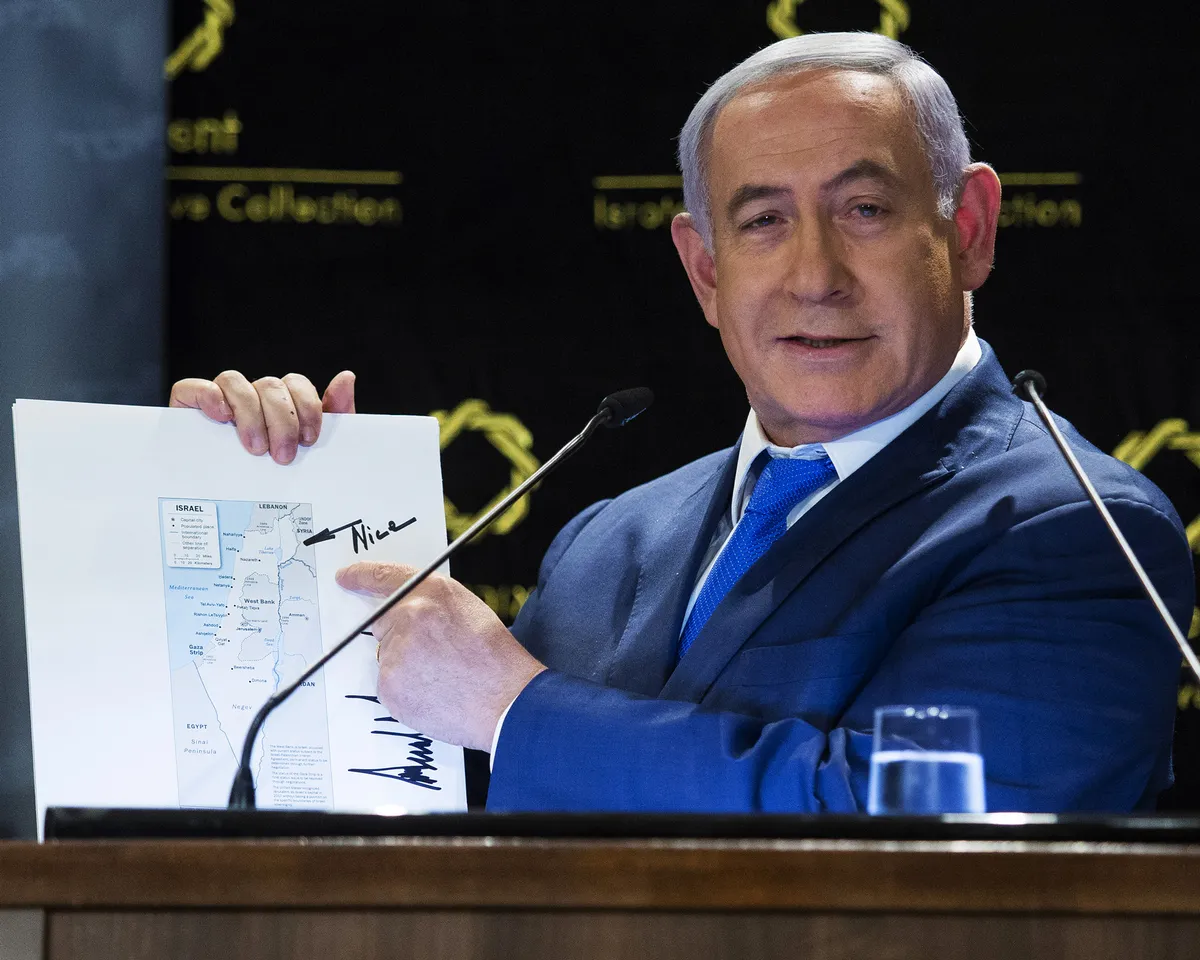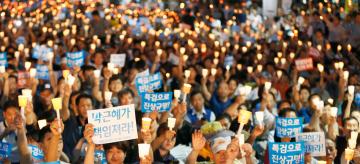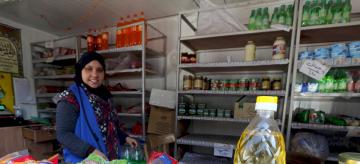Politics: Middle East and North Africa
In 2011, millions of protesters in places like Egypt, Syria, and Tunisia rose up to demand political, economic, and social reforms from their highly repressive governments, which for decades had ruled with unchecked power.
In 2011, millions of protesters in places like Egypt, Syria, and Tunisia rose up to demand political, economic, and social reforms from their highly repressive governments, which for decades had ruled with unchecked power. This period of region-wide revolution is known as the Arab Spring, and it was a time of promise—a once-in-a-generation opportunity for deep, structural reform. But, nearly a decade later, elections are still rare in the Middle East, freedom of the press remains largely nonexistent, and political dissent is quickly silenced, often more ruthlessly than before the uprising. The initial optimism that energized the Arab Spring has largely faded in the face of the region’s entrenched authoritarian power structures. However, 2019 saw widespread protests in Algeria, Iran, Iraq, Lebanon, and Sudan, signaling to authoritarian rulers elsewhere in the region that their rule could still be tenuous.
Lack of Free Elections
Half of all countries in the region have an unelected head of state. These are mostly the monarchies (such as Jordan, Morocco, and Saudi Arabia) where royal families have ruled for generations, often since the country’s independence. Several other authoritarian countries, such as Egypt, Iran, and Syria, offer the veneer of democracy while in reality often keep their elections carefully—or clumsily—orchestrated. In Egypt’s 2018 presidential election, the incumbent General Abdel Fatah al-Sisi imprisoned, intimidated, or barred every legitimate political opponent from running against him. That left just one handpicked opposition candidate who, in fact, endorsed General Sisi for the presidency. Unsurprisingly, Sisi won reelection with 97 percent of the vote. Only a small handful of countries in the Middle East have actually held free and fair democratic elections for the country’s head of state, notably including once again Israel and Tunisia.
Crackdown on Press Freedom
One way these authoritarian regimes maintain their grip on power is by controlling the flow of information. This begins with limiting the role of the press, traditionally a powerful check on governments in more liberal, democratic societies. This censorship comes in many forms: barring foreign journalists from entering the country, shutting down independent newspapers and websites, and propping up state-run media outlets to promote official narratives. Governments have even cracked down on social media websites such as Facebook and Twitter through cybercrime laws that empower governments to imprison users for any content deemed a threat to national security. Scores of journalists are in prison across the Middle East; Egypt and Saudi Arabia, notably, are the region’s two worst offenders. Journalists are also systematically targeted in war zones such as Syria and Iraq, making the Middle East the deadliest region in the world for journalists over the past twenty-five years.
Suppression of Political Dissent
So what happens to those who speak out and question their ruler’s authority? Many Middle Eastern governments use their highly feared secret police—the mukhabarat in Arab countries—to arrest who they want, when they want, and in the complete absence of civil liberties. Highly sophisticated surveillance technology is used to constantly monitor entire populations and crack down on any dissent. In Egypt and Iran, tens of thousands of prisoners are currently behind bars due to their political positions. Saudi Arabia imprisoned more than a dozen female activists in 2018 who peacefully protested for equal rights, subjecting these women to beatings, electric shocks, and sexual abuse. Syria’s police state is institutionalized at an unparalleled scale—authorities have executed thousands of political prisoners in mass hangings since the start of their civil war. In 2017, the United States claimed the Syrian government operated crematoriums to dispose of the bodies in a manner chillingly reminiscent of the Holocaust’s death camps.
Tunisia’s March from Authoritarianism to Democracy
But what happens when an entire country speaks out and questions their ruler’s authority? This was the animating question at the heart of the 2011 Arab Spring. Protests across the region took different trajectories: some countries overthrew their leaders, other countries descended into civil war, monarchies largely survived unscathed, and elsewhere revolution was met with counterrevolution. Only one country—Tunisia—successfully transitioned from authoritarianism to democracy. After ousting their longtime dictator, Tunisia implemented presidential elections and power-sharing agreements between the country’s secular and Islamist parties. But just eight years later, Tunisia has gone through ten major government reshuffles, and the same economic factors that first brought citizens out in protests still present major challenges. New demonstrations broke out in 2018 over the country’s worsening inflation, unemployment rates, and gross domestic product (GDP), threatening to undo Tunisia’s fragile political gains.
Egypt’s Failed Revolution
Egypt is the Middle East’s largest country, and it holds such tremendous cultural clout that it’s often referred to as Umm al-Dunya, or “Mother of the World.” So when more than a million Egyptians toppled their decades-long ruler in 2011, they set an example for the region, demonstrating that authoritarianism could be overthrown. The country went on to elect its first democratic president, a leader of the long-banned political Islamist group the Muslim Brotherhood. But soon thereafter discontent began to grow—over the country’s plummeting economy, the encroaching role of Islam in government, and even mass fuel shortages. Just one year later, revolution returned to Egypt as the military overthrew the government. Today, the military still controls power, with a president who has cracked down on dissent and changed the constitution to allow himself to remain in power until 2030. Like in much of the Middle East, initial Arab Spring optimism faded in the face of entrenched authoritarian power structures.
The Staggering Toll of Syria’s Civil War
In three countries—Libya, Syria, and Yemen—Arab Spring protests ultimately devolved into civil war. The worst violence has occurred in Syria, where citizens protested against Bashar al-Assad, an oppressive, authoritarian president whose family has ruled Syria for five decades. The Assad regime, based on the minority Alawite sect, began indiscriminately firing on peaceful protesters in 2011, and within a year opponents started taking up arms. But this opposition splintered from the start, as a disparate patchwork of moderate and extremist groups fought to unseat the Assad regime and implement their competing visions for the future of Syria. The Syrian civil war has left hundreds of thousands dead, with the Assad regime responsible for the overwhelming majority of those casualties—estimates range from 75 to 90 percent—in some cases by using chemical weapons. Today, the Assad regime—with support from Iran, Russia, and the Lebanese militant group Hezbollah—has largely defeated the opposition, but enormous challenges remain related to reconstruction, the return of millions of refugees and displaced people, and the security of a country reeling from one of the most destructive conflicts in modern history.
The Deadliest Region for Terrorism
One of the most dangerous outgrowths of the Syrian civil war has been the proliferation of terrorism. Two notable Sunni fundamentalist groups—the Islamic State and al-Qaeda—have capitalized on the instability, using extreme violence to implement their ultraconservative interpretations of Islam. At its peak in 2014, the Islamic State controlled territory across Iraq and Syria larger than the size of Great Britain. While the Islamic State has been all but eliminated as a territory-holding entity, it continues to carry out insurgent attacks in these two countries, as well as in Afghanistan, Egypt, Libya, and elsewhere around the world. Together, the Islamic State and al-Qaeda have killed more than thirty-six thousand people in the Middle East since 2002, accounting for more than 70 percent of all terrorist deaths from known groups in the region. Terrorism kills more people in the Middle East than anywhere else in the world, with 83 percent of the region’s terror-related fatalities happening in just two countries: Iraq and Syria.
The Muslim Brotherhood’s Opposition to Ruling Regimes
In a region where religion heavily influences politics, the Muslim Brotherhood is arguably the most influential political Islamist group. Founded in Egypt in 1928, the Muslim Brotherhood gained legitimacy for its resistance to the British occupation, calling for governance in accordance with Islamic law, or sharia. One of the group’s founding fathers, Sayyid Qutb, went on to preach armed struggle (jihad) against Egypt’s secular government, a principle later adopted by extremist groups such as al-Qaeda, the Islamic State, and Hamas. Egypt’s authoritarian leaders have long viewed the Muslim Brotherhood as a political threat, arresting thousands of the group’s members and even executing its top leaders, including Qutb. The Muslim Brotherhood renounced violence in the 1970s, but they continue to organize politically—even achieving a short-lived election to Egypt’s presidency in 2012. Today, the Muslim Brotherhood runs chapters throughout the Middle East and is connected to governments in Turkey and Qatar as well as Hamas—a United States–designated terrorist organization in Gaza. The Muslim Brotherhood advocates for the peaceful Islamization of society, but is viewed as deeply threatening by the authoritarian governments of the Sunni Arab world, including Saudi Arabia, the United Arab Emirates, and especially Egypt, where it is once again banned.
Religious Divisions Dominate Lebanon’s Government
Kings, sheikhs, and generals rule the majority of the Middle East, but the small Mediterranean country of Lebanon adopted an alternative system: a semi-democratic government with political representation apportioned along religious lines. In this system, known as confessionalism, the president of Lebanon must be from a Christian denomination known as the Maronites, the prime minister must be a Sunni Muslim, the speaker of parliament a Shiite Muslim, and the seats of parliament divided evenly between Christians and Muslims. These allocations are almost entirely based on the country’s last census, taken in 1932. Leaders have avoided conducting another census because some religious groups fear the census will reveal their share of the population has declined and thereby upset the country’s delicate balance of power. Today, however, Lebanon’s government is gridlocked: it took twenty-nine months and forty-six rounds of voting to elect the country’s last president. Meanwhile, Hezbollah—a Shiite political party, militant group, and U.S.-designated terrorist organization—controls several ministries in a government that struggles to provide basic services. Protests erupted in 2015 and 2019, with citizens criticizing their government’s dysfunction and deep religious divisions. Today, some experts argue Lebanon is becoming a failed state.
The Kurds’ Political Voice
In the Middle East, Kurdish populations span Turkey, Syria, Iraq, and Iran, and in each they live as an underrepresented minority. In Turkey, the largest pro-Kurdish political party holds around 10 percent of seats in Turkey’s parliament. At the same time, the Turkish government has been engaged in armed conflict against Kurdish separatists in the country’s east for more than three decades. In Syria, long-oppressed Kurdish groups have capitalized on the country’s instability, organizing to control their own lands as the Syrian government fights elsewhere in the country. In Iraq, Kurdish political parties hold the largely symbolic presidency in Baghdad and govern the autonomous region of northern Iraq, just thirty years after the Iraqi government carried out a massacre against its Kurdish population. Meanwhile, in Iran, Kurdish political representation is the weakest: Kurds hold no seats in the country’s legislature, and several Kurdish political parties are banned.
Rightward Shift Redefines Israeli Politics
Israel’s politics have shifted sharply to the right over the past twenty-five years. Following the collapse of the Israeli-Palestinian peace process in the 1990s and the outbreak of violence known as the intifada of the early 2000s, Israeli voters have increasingly prioritized security issues over long-term peace negotiations with Palestine when taking to the polls. This shift has brought previously fringe positions into the political mainstream; for example, Israeli Prime Minister Benjamin Netanyahu is now openly calling for the annexation of parts of the West Bank. Meanwhile, President Donald J. Trump has provided broad support for Israel’s political realignment by recognizing Israeli sovereignty over the Golan Heights, recognizing Jerusalem as Israel’s capital, and rolling back opposition to Israel’s construction of settlements on occupied Palestinian territory. In January 2020, President Trump unveiled his plan for Israeli-Palestinian peace, which opened the door to Israeli annexation of East Jerusalem and 30 percent of the West Bank, including all the settlements and the Jordan Valley. This shift in Israeli politics and U.S. policy carries long-term ramifications for peace in the Middle East: Israeli-Palestinian support for a two-state solution, which would create an independent Palestine alongside Israel, is at its lowest point in two decades.
